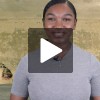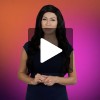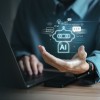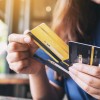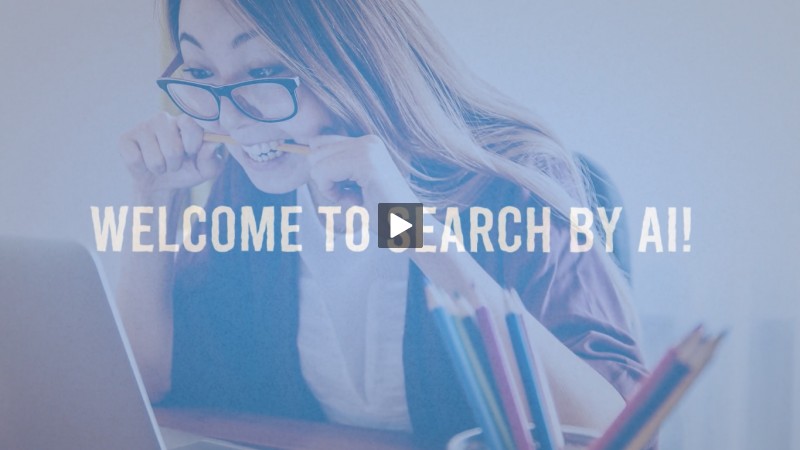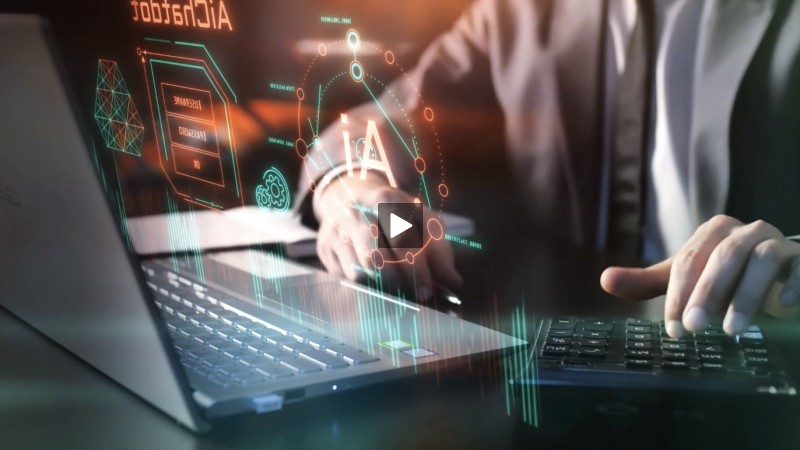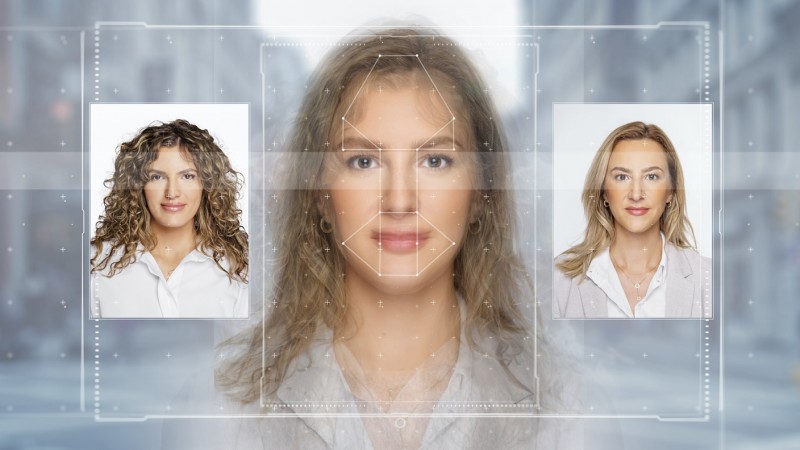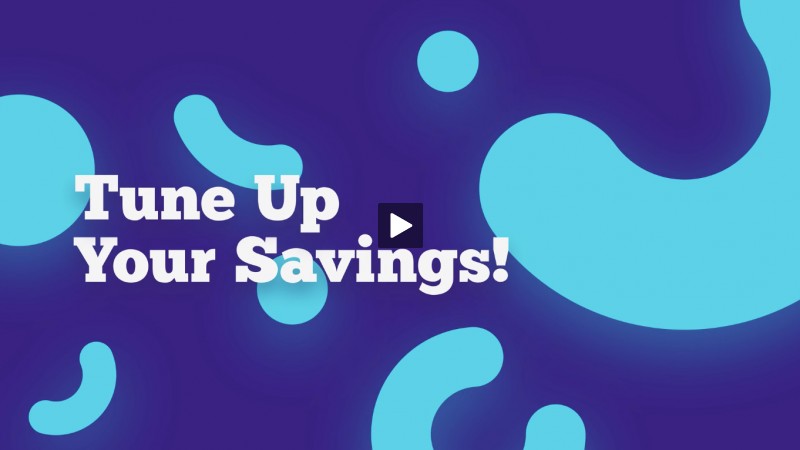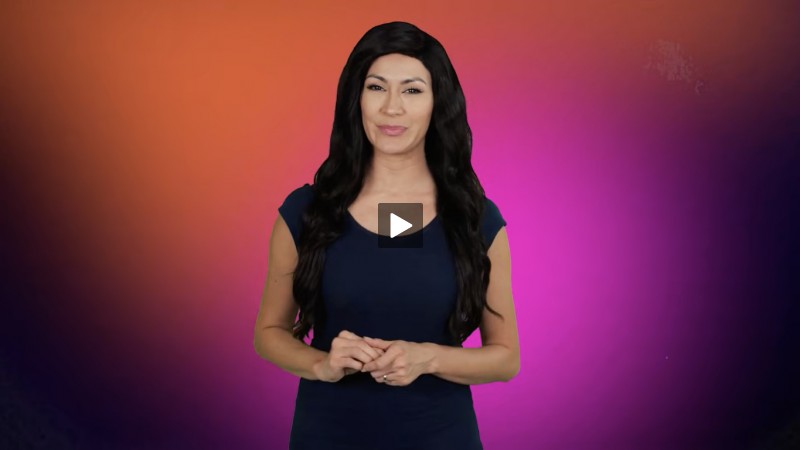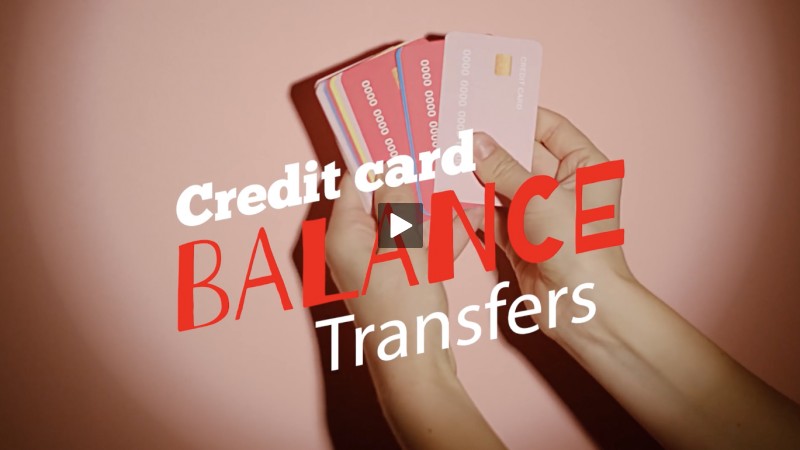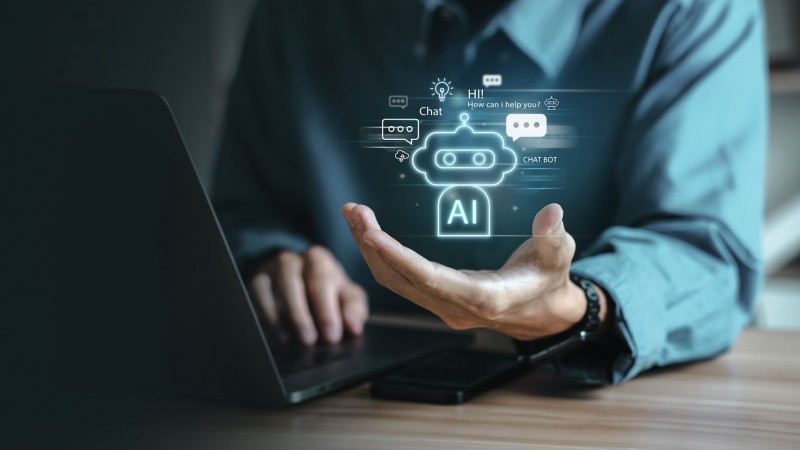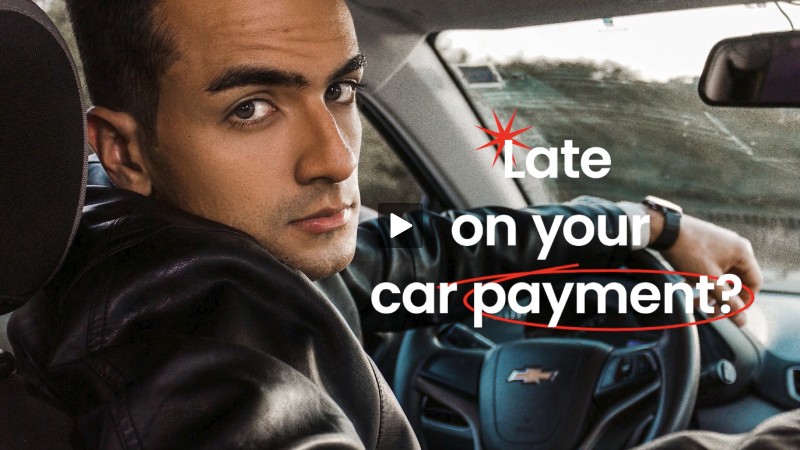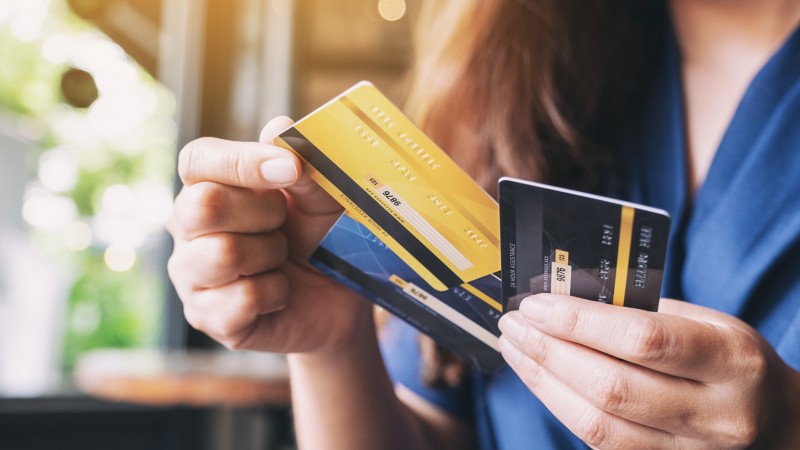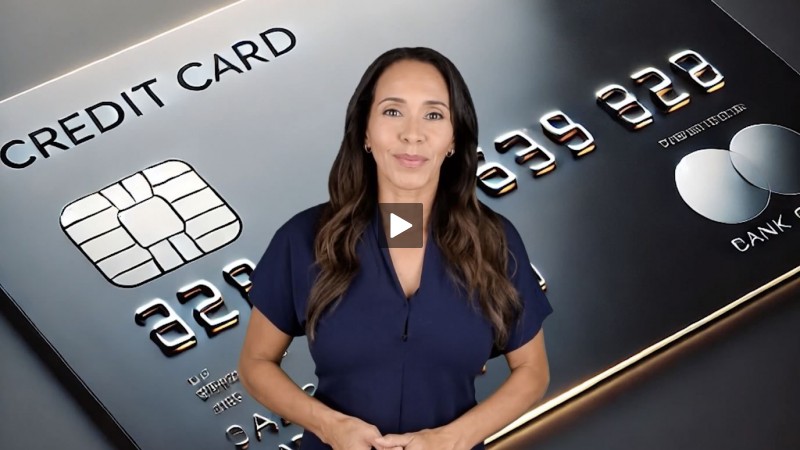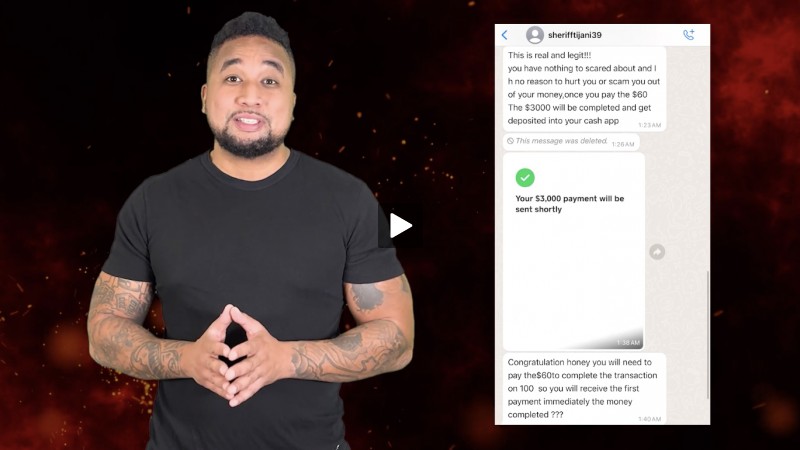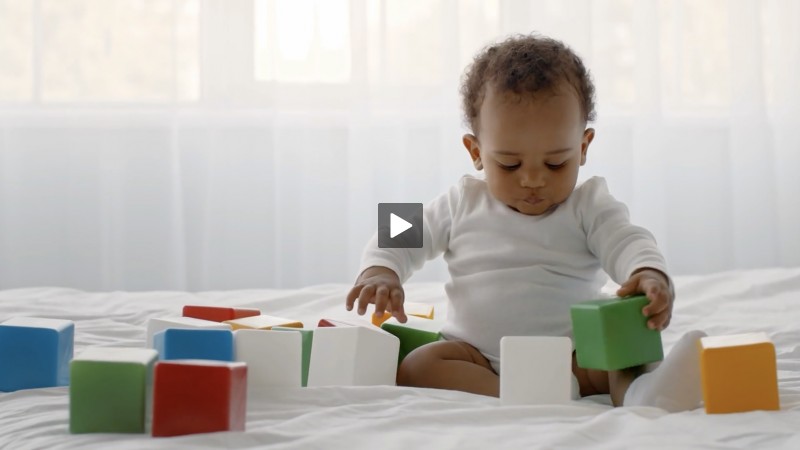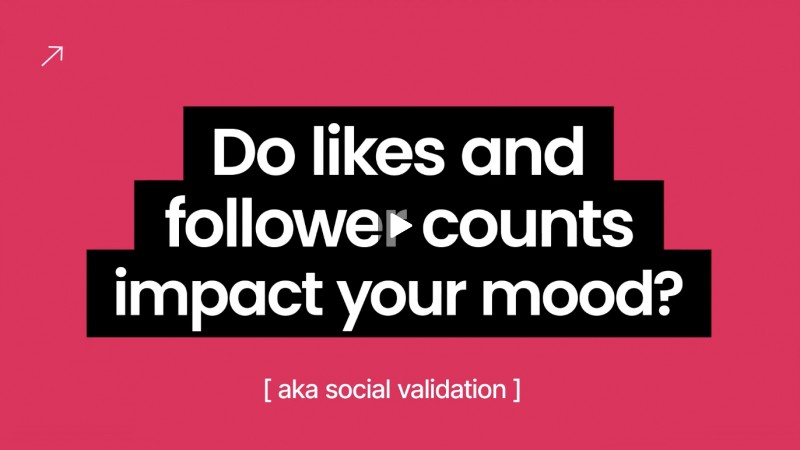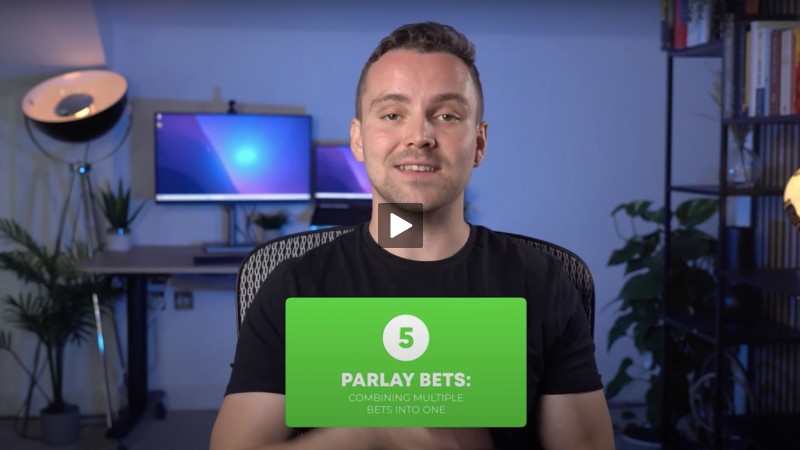How to Recognize AI Generated Images and Videos (Artificial Intelligence)
- Details
- Written by Will from Holland
- Category: Articles
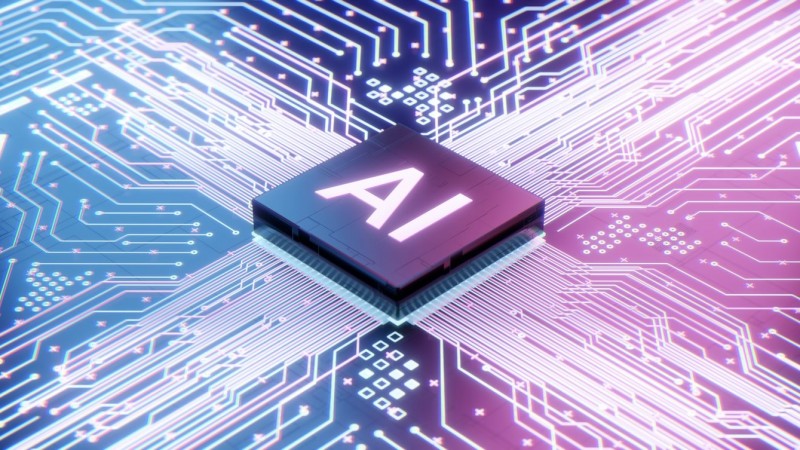
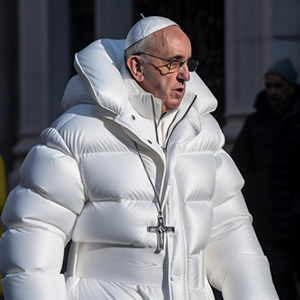
The Pope in a puffer jacket, an explosion at the Pentagon, Boris Johnson, former UK Prime Minister, getting arrested…. Fake AI generated images are everywhere. They are harder to spot by the day, and the implications can be enormous.
It's important to note that AI technology is advancing rapidly, and some AI-generated images may be difficult to distinguish from real ones, if not impossible.
The Pentagon picture made the stock market dip before returning to normal after news broke it was fake.
The image of The Pope was viewed 20 million times on Twitter the day it was posted. The social network later added a label stating the image was not real. It was created using the art generator app called "Midjourney".
Recognizing AI-generated images can be challenging because its models have become increasingly sophisticated at creating realistic and convincing visual content.
However, there are a few indicators that can help you identify AI-generated images.
A trained eye will help for sure, but who would know better about fake images than AI itself?
Here are some tips to help recognize AI generated images, according to AI:
Metadata and Source Information:
Check the metadata of the image or its source information if available. AI-generated images may often lack comprehensive metadata or have inconsistent or incomplete details about the image's origin. Plus, a real image creator, whether they're a photographer or digital artist, would generally like to get credit for their work, so finding the creator should be relatively easy.Unusual or Unnatural Elements:
Look for any unusual or unnatural elements within the image. AI-generated images sometimes show strange or implausible characteristics, such as objects or people appearing in odd positions, unrealistic lighting, or distorted perspectives.Perfect Symmetry or Flawless Patterns:
AI models tend to produce images with near-perfect symmetry or flawlessly repeating patterns. If you notice an image with an uncanny level of symmetry or a highly regular pattern that seems too perfect to be true, it might be an AI-generated creation.Overly Vivid or Saturated Colors:
AI algorithms might enhance colors in images, resulting in overly vivid or saturated tones. If an image appears to have unrealistically vibrant colors, especially in specific areas, it could be an indication of AI involvement.Uncanny Valley:
The concept of the uncanny valley suggests that AI-generated images can sometimes fall into a perceptual range where they appear almost but not entirely human. If an image portrays a person or an object that feels strangely artificial or not quite realistic, it might be an AI-generated creation.-
Reverse Image Search:
Perform a reverse image search using search engines like Google Images or specialized tools like TinEye. If the image appears across multiple unrelated websites or stock photo databases without any consistent source, it could be an AI-generated image.
That should hopefully make it a tad easier to recognize AI-generated images.
But Then There Are Deepfake Videos, Too!
We have a full article and video on deepfakes, but here are a few quick pointers.
In our deepfake video, you can pretty easily spot the fake faces over famous people, but a video of the late Queen Elizabeth was rather convincing. A posted video with a famous person will be demasked pretty easily, but when you're on a video conference call with a group of "normal" people, things may be a lot tougher!
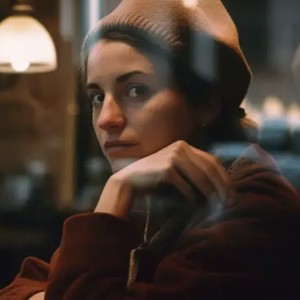
A giveaway? A fake face using deepfakes reacts to your movements without delay, but if you know what to look for, you may be able to spot it. When someone blinks, you often see the fake face become slightly smaller for a moment. There are also limits to the "mask". If a person turns his head too far, distortion will generally occur. If in doubt, you could ask someone to turn left and right and see what happens…
Other giveaways, imagery:
-
Look at the hands! People with 6 fingers..., or people with two left or right arms and hands… Like the image above.
-
Eye reflections say a lot! In deepfakes, the reflections in the left and right eyes often differ. You'll have to zoom in, but if you see that, it could indicate a fake image. Technically, the difference in reflection could be caused by a lamp, but, but then add up other things...
-
A hat or glasses that dissolve into hair or the skin, or even into a vacuum are a sure indicator.
-
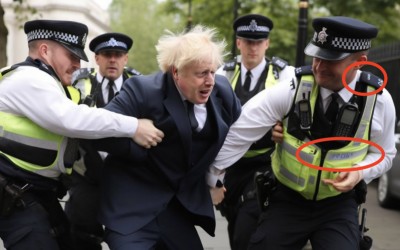
Text on clothing can be a sure giveaway, too. Often, text on AI-generated images or deepfake videos are complete gibberish. Zoom in and check it out.
Second, audio:
If recordings of a voice exist, it doesn't take much to get someone to say things they've never said.
But you can often still spot a deepfake by carefully listening to speech intonation. If it's slightly off, or not very human-like, it's probably fake. And there is software that can help you pick up whether something exists (is real) or not. The better the sound quality of a video, the more options you have.
The Devil Is in the Details, Quite Literally
It's important to note that AI technology is advancing rapidly, and some AI-generated images may be difficult to distinguish from real ones, if not impossible.
Scammers can intentionally create AI-generated images, videos or recordings to deceive or manipulate.
It is easily possible to imitate a voice and fake phone calls. There are examples of hyper-realistic voice deepfakes to commit fraud. A criminal can pose as a grandmother's grandson and call her saying he needs money quickly. People may lose serious money because of things like this, so take this information serious and protect yourself and the people around you. Here's the FTC's warning on that, as well as our article on family emergency scams.
Be a healthy skeptic, always. It's crucial to approach visual content critically and consider the above details when assessing its authenticity.
Good luck out there!






